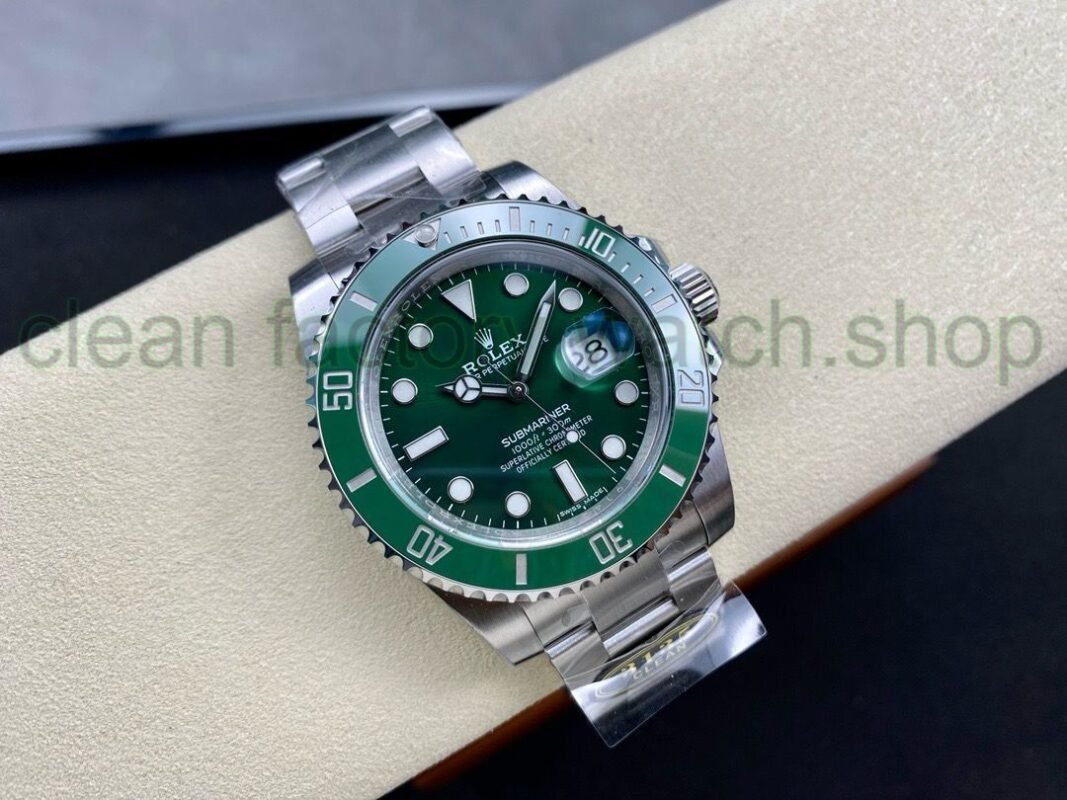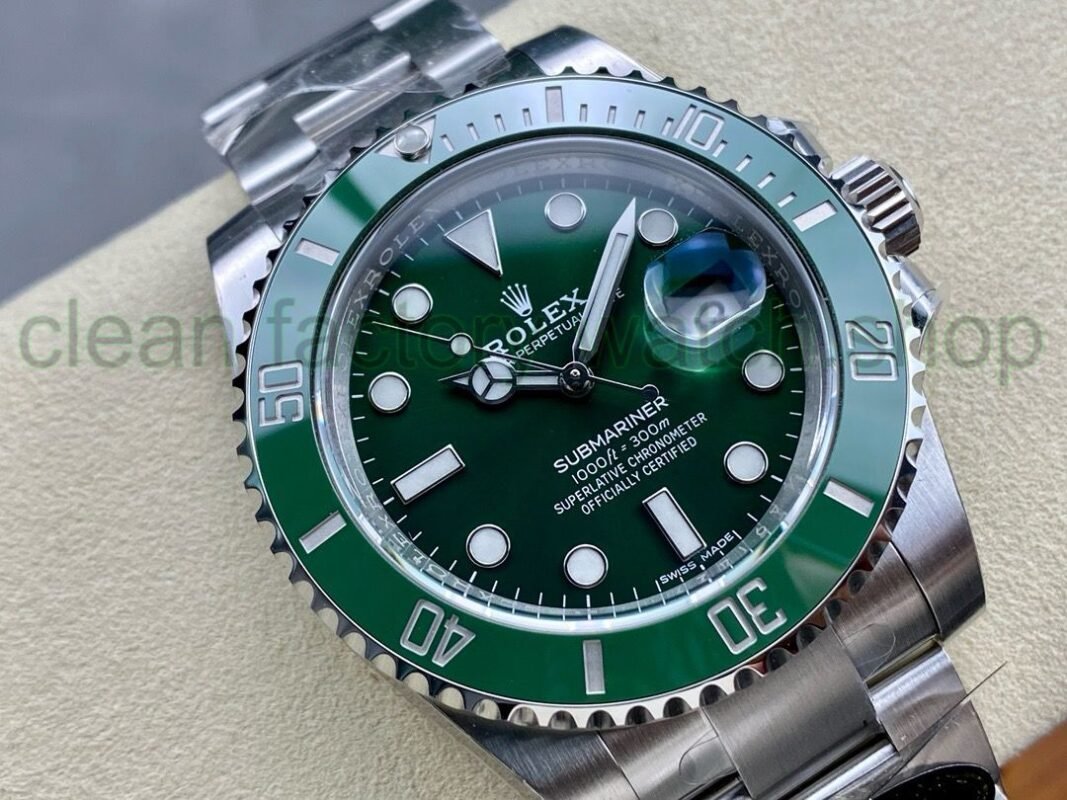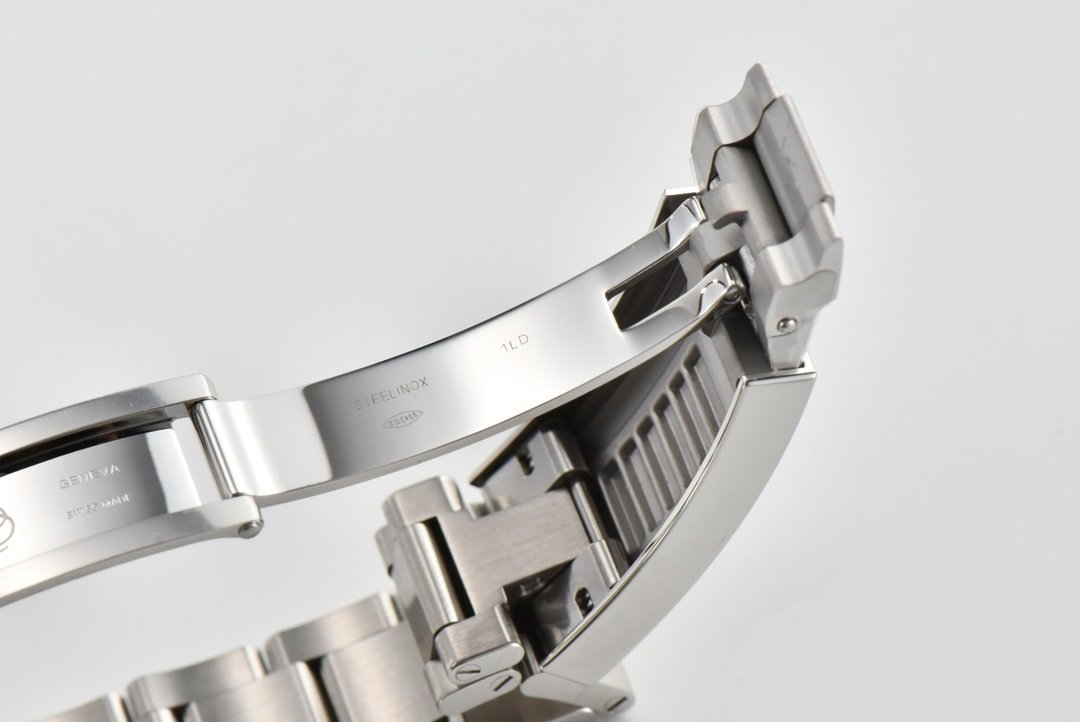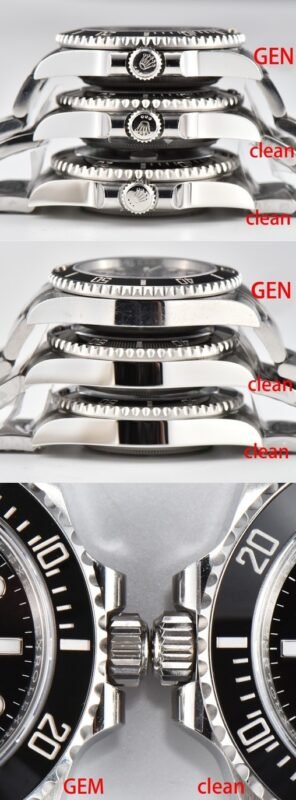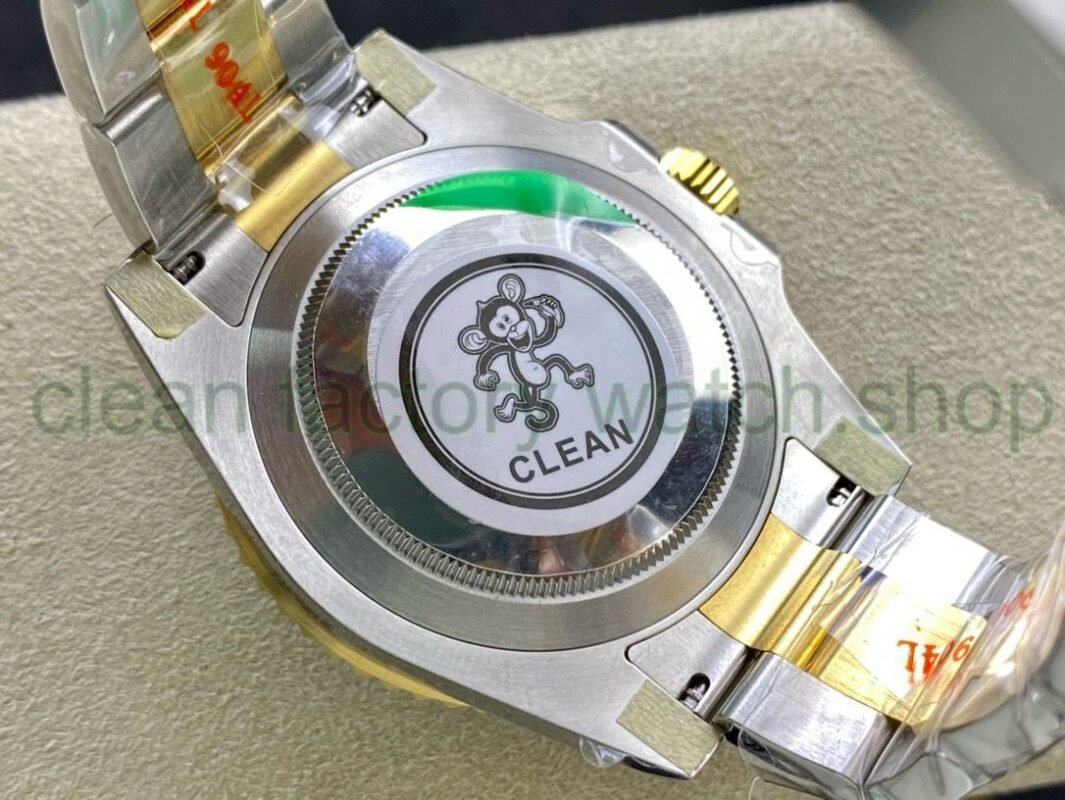Blog
Transforming Time: The Rise of Clean Factory Watches
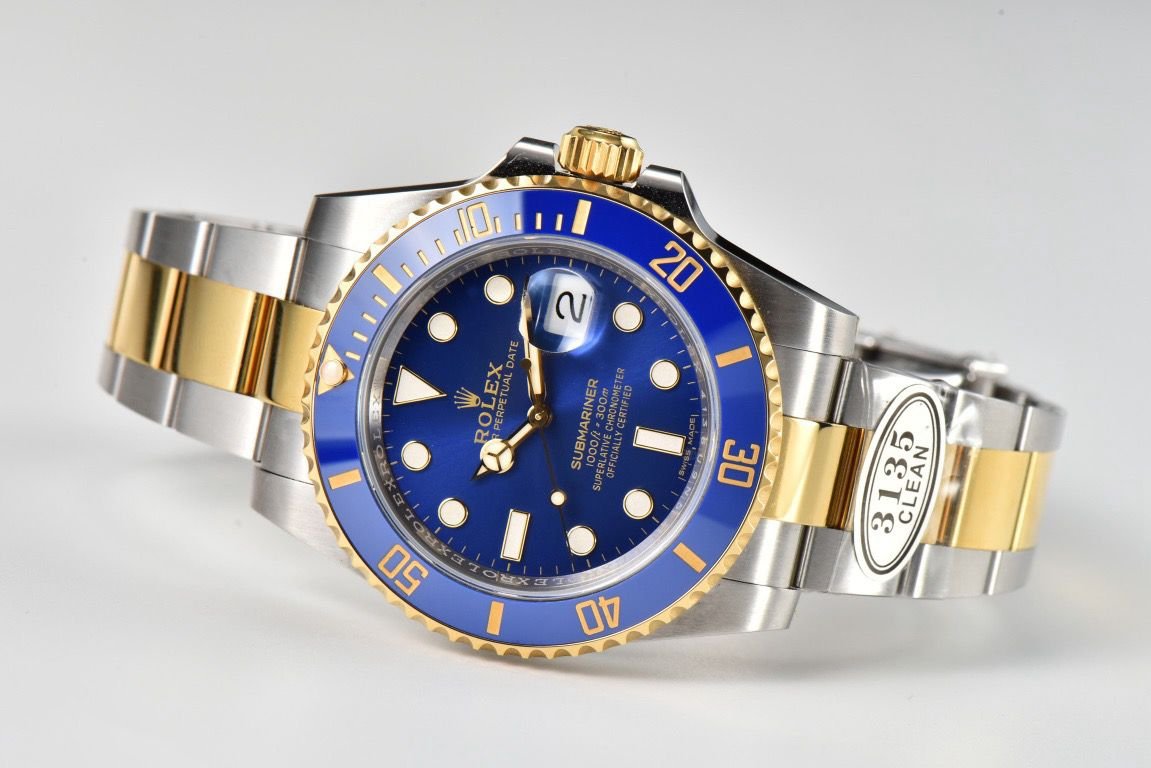
In an age where minimalism and sustainability reign supreme,the watchmaking industry is undergoing a profound transformation.Enter the era of clean factory watches—a new wave of timepieces that not only tell time but also tell a story of conscious craftsmanship and ethical production. As consumers become increasingly discerning about the origins of the products they choose,brands are stepping up to the challenge,blending innovation with integrity. This article explores the rise of clean factory watches,shedding light on the philosophies behind their creation,the technologies that power them,and the impact they have on the broader conversation about sustainability in fashion. Join us as we unravel how these elegant instruments are redefining timekeeping in a world that’s striving for harmonization between style and responsibility.
Table of Contents
- The Evolution of Clean factory Watches in the Timepiece Market
- Understanding the Appeal of Sought-After Replicas
- Navigating Quality Standards for Optimal Purchases
- Sustainable Practices in the Production of clean Factory Watches
- Q&A
- The Conclusion
The Evolution of Clean Factory watches in the Timepiece Market
The ascent of clean factory watches has transformed the perception of luxury timepieces,marrying quality craftsmanship with affordability. Emerging from the shadows of customary horology, these meticulously crafted pieces often originate from reputable manufacturers who produce knock-offs with remarkable fidelity to the originals.This sedimentary rise reflects a democratization of access to fine watches, allowing enthusiasts to enjoy the aesthetics of their desired models without the prohibitive price tags typically associated with esteemed brands. Features that once signified exclusivity are now available to a broader audience, challenging the long-standing notions of what constitutes a watch worthy of admiration.
As the market embraces this phenomenon, the landscape of watch collecting evolves into a more inclusive domain. Collectors increasingly value the design, materials, and mechanisms of clean factory watches, often favoring them for their striking resemblance to high-end counterparts. The surge of interest can be attributed to several key factors:
- Impeccable craftsmanship that rivals iconic brands
- Variety of styles, catering to diverse consumer tastes
- Accessible prices that allow for experimentation and collection expansion
As the lines blur between genuine and imitation, this evolution prompts a reassessment of authenticity and value, ultimately reshaping the future of the timepiece market.
Understanding the Appeal of Sought-After Replicas
The allure of high-quality replicas, particularly in the realm of luxury watches, stems from their ability to parallel the artistry and engineering of the originals without the overwhelming price tag. Enthusiasts and collectors are increasingly drawn to these meticulously crafted timepieces due to their remarkable accuracy in design and details. Factors contributing to this growing fascination include:
- Affordability: Providing access to exquisite styles usually reserved for the elite.
- Craftsmanship: Many replicas utilize advanced production techniques that mimic the feel and function of high-end models.
- Variety: A wider array of designs enables collectors to explore styles that resonate with their personal tastes.
Moreover, the shift towards clean factory watches has reinvigorated interest in these replicas by establishing a transparent line between luxury and accessibility. For many,owning a fine timepiece—whether it’s a historic chronograph or a minimalist design—transcends monetary constraints,embedding deeper meanings and aspirations into each piece. This evolving perception highlights the potential for replicas to embody:
| Value Proposition | Replica Watches | Original Watches |
|---|---|---|
| Price | More Accessible | High-End investment |
| Design | Close Alternative | Unique Heritage |
| Ownership | Casual Enthusiasts | Collectors’ Pride |
Navigating Quality Standards for Optimal Purchases
When investing in clean factory watches, establishing a clear understanding of quality standards is essential to ensure you make an informed purchase.These timepieces, known for their sustainable manufacturing processes and ethical sourcing, often stand out in a crowded market. To navigate the landscape, potential buyers should consider renowned certifications and benchmarks that reflect a commitment to quality. Look for labels such as:
- ISO 9001: Highlights effective quality management systems.
- Sustainable Manufacturing Certifications: Demonstrates eco-friendly practices.
- Fair Trade Compliance: Ensures ethical labor practices.
Furthermore, understanding the craftsmanship behind clean factory watches can guide your purchasing decisions. Features such as material durability,water resistance,and movement precision play a crucial role in the overall quality.Buyers should also leverage comparative tables to gauge the specifications of different brands. Consider the following table as a simplified reference for some popular clean factory watch brands:
| Brand | Material | Water Resistance | Price Range | Sustainability Feature |
|---|---|---|---|---|
| Brand A | Stainless steel | 100m | $200 – $300 | Recycled Materials |
| Brand B | Biodegradable Plastic | 50m | $150 – $250 | Carbon Neutral |
| Brand C | Wood | 30m | $100 – $200 | Locally Sourced |
Sustainable Practices in the Production of Clean Factory Watches
In the rapidly evolving landscape of horology, the shift towards clean factory watches has amplified the focus on sustainable practices that not only resonate with environmentally conscious consumers but also set a new standard for the industry. The adoption of eco-friendly materials has become a cornerstone of this transformation, encompassing recycled metals, biodegradable straps, and sustainably sourced wood. Brands are now prioritizing the use of non-toxic coatings and adhesives, ensuring that every component reflects a commitment to environmental stewardship. This collective movement aims to reduce waste and lower the carbon footprint associated with watch production.
Moreover, transparency in sourcing and manufacturing processes has gained prominence among watchmakers committed to sustainability.The integration of renewable energy in factories is helping to minimize environmental impact, as many producers are investing in solar and wind energy to power their operations. Additionally, an increasing number of companies are joining ethical partnerships with local artisans, which not only supports community economies but also enriches the cultural authenticity of their timepieces. These initiatives underscore a holistic approach that seamlessly blends craftsmanship with environmental responsibility.
Q&A
Q&A: Transforming Time – The Rise of Clean Factory Watches
Q1: what exactly are clean factory watches, and how do they differ from traditional timepieces?
A1: Clean factory watches represent a modern evolution in the horological landscape. Unlike traditional timepieces, which frequently enough emerge from renowned luxury brands with rich histories, clean factory watches are produced in a more streamlined manner. They focus on minimalism, quality craftsmanship, and aesthetic simplicity, often drawing inspiration from popular designs but with a cleaner, more unadorned approach. this results in timepieces that are striking yet understated, appealing to those who value both style and functionality.
Q2: What factors have contributed to the rise in popularity of clean factory watches?
A2: The surge in clean factory watches can be traced to several key influences. Firstly, the increasing demand for sustainable and ethical consumer products has prompted brands to adopt more transparent manufacturing processes. Additionally, the growing interest in minimalism and the ‘less is more’ ideology resonates with contemporary consumers. Lastly, social media platforms have played a important role in showcasing these pieces, allowing enthusiasts to easily access facts and share their passion for clean aesthetics.
Q3: Are clean factory watches a sustainable choice for consumers?
A3: Many clean factory watch brands strive to prioritize sustainability, employing ethical sourcing and environmentally friendly practices in their production. This includes using recycled materials, reducing waste, and ensuring fair labor conditions. However, as sustainability claims can vary, it’s essential for consumers to research individual brands to assess their commitment to environmental responsibility.Q4: Who is the target audience for clean factory watches?
A4: The target audience for clean factory watches is diverse but often includes design-conscious millennials and gen Z consumers who appreciate minimalist aesthetics and value for money. This demographic tends to favor versatility in their accessories, opting for timepieces that can seamlessly transition from casual to formal settings.Additionally,watch enthusiasts looking for affordable yet stylish alternatives to luxury brands are increasingly drawn to clean factory options.
Q5: How do clean factory watches maintain quality and craftsmanship without the heritage of traditional brands?
A5: Clean factory watches often leverage skilled artisans and modern manufacturing techniques to ensure their timepieces meet high standards of quality. Many emerging brands collaborate with experienced watchmakers and designers who bring expertise to the table, focusing on essential watchmaking principles. By emphasizing functionality and design, they can deliver products that rival traditional watches in quality while offering a unique, contemporary twist.Q6: In what ways are clean factory watches influencing the broader watch industry?
A6: The rise of clean factory watches is encouraging larger brands to adapt and innovate. Traditional watchmakers are increasingly experimenting with minimalist designs,unveiling collections focused on simplicity and affordability. This trend may lead to a reshaping of market values, pushing luxury brands to reconsider their narratives around exclusivity, craftsmanship, and approachability, thus broadening their appeal in the competitive watch market.
Q7: what’s next for the clean factory watch phenomenon?
A7: The future of clean factory watches appears bright, with trends leaning toward customization and personalization. As technology advances, we may see innovations such as smart features or modular designs that allow consumers to tailor their timepieces to individual preferences. Furthermore, collaborations between clean brands and artists or influencers could spur fresh creativity and drive greater visibility in the market, solidifying their place as a staple in modern horology.
The Conclusion
As we close the chapter on the evolution of clean factory watches, it becomes evident that this burgeoning trend is more than just a passing phase in the world of horology.It embodies a shift toward sustainability, innovation, and a reimagined approach to craftsmanship. Embracing both precision and environmental consciousness, these timepieces appeal to a new generation of watch enthusiasts who value ethical production as much as aesthetic allure.In this era of transformation, where the ticking of time mirrors our commitment to a greener future, clean factory watches stand as a testament to the possibilities of blending tradition with modern responsibility. As we continue to navigate the intricate interplay between technology and sustainability, one thing is clear: timekeeping has entered a new age, where every second counts, not just for its measure but for the impact it leaves behind. As we look to the horizon, we can expect to see a wrist adorned not only with innovation but with intention—an emblem of a future where time is not only treasured but transformed.

